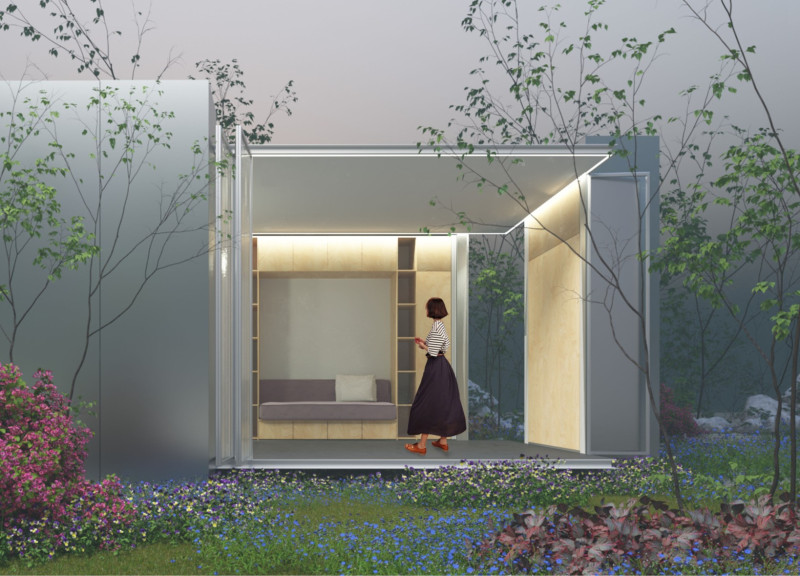5 key facts about this project
The design focuses on creating adaptable living environments that prioritize flexibility and functionality. Set within an urban context, the project envisions a residential space capable of accommodating various activities, including work, study, rest, cooking, and social interaction. The main idea revolves around “the stage,” where the inhabitant can move freely between different areas that all serve multiple purposes, reflecting the dynamic nature of modern life.
Flexible Spaces
The design incorporates mobile panels to define spaces without the need for fixed walls. This creative approach allows for the concealment or exposure of various rooms, such as the bedroom, living room, kitchen, dining area, bathroom, gym, and meditation space, based on the inhabitant's current activities. The layout promotes a continuous flow, fostering connection and interaction throughout the home while adapting to different uses at any time of day.
Materiality and Texture
Materials chosen for the design highlight both affordability and warmth. Wooden panels, aluminum sheets, and glass work together to create a balance of visual openness and structural strength. Wood adds an inviting touch, while aluminum and glass facilitate transparency and allow natural light to enter the space. This combination of materials helps create areas that feel open and welcoming, reinforcing the overall theme of adaptability.
Lighting and Atmosphere
Thoughtful attention has been given to lighting, which varies between day and night settings. The layout is designed to maximize natural light, making each space functional for work, relaxation, or social interactions. Effective integration of lighting elements contributes to the overall atmosphere, ensuring that each area is appropriate for its intended use, regardless of the time of day.
Inhabitant Engagement
The living experience is enriched by the way inhabitants interact with their surroundings. By dissolving the boundaries between indoors and outdoors, the design strengthens the connection to the environment, bringing nature into the home. This relationship encourages active engagement, allowing for a rich experience that accommodates both social and personal activities, ultimately leading to a space where comfort and functionality coexist.



















































